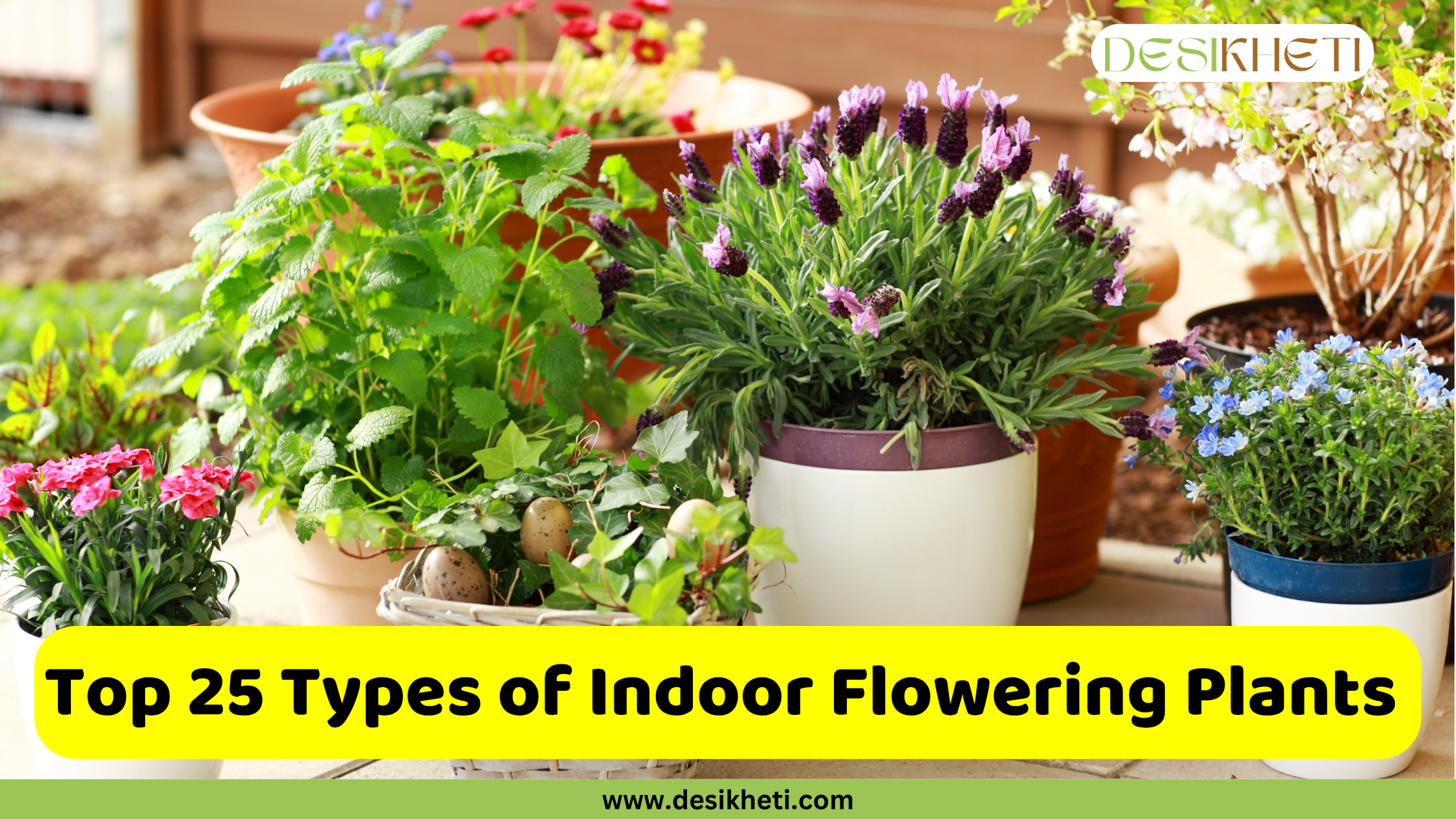Table of Contents
Introduction
Who doesn’t love a touch of nature in that quiet corner of the home?
Adding flowering plants indoors is one of the simplest and most effective ways to transform any space into a vibrant, refreshing haven. Whether it’s your home or office, indoor flowering plants can brighten dull corners, purify the air, and uplift your mood. From colorful begonias and long-blooming impatiens to exotic anthuriums, there’s a flowering plant to suit every lighting condition and lifestyle.
In this guide, we’ve curated 25 beautiful indoor flowering plants you can grow in India. To make your selection easier, we’ve also organized them into categories such as low-light lovers, year-round bloomers, and fragrant varieties at the end of the blog so you can easily find the perfect match for your space.
So without further delay, let’s dive into the blog!
Top 25 Indoor Flowering Plants
Peace Lily
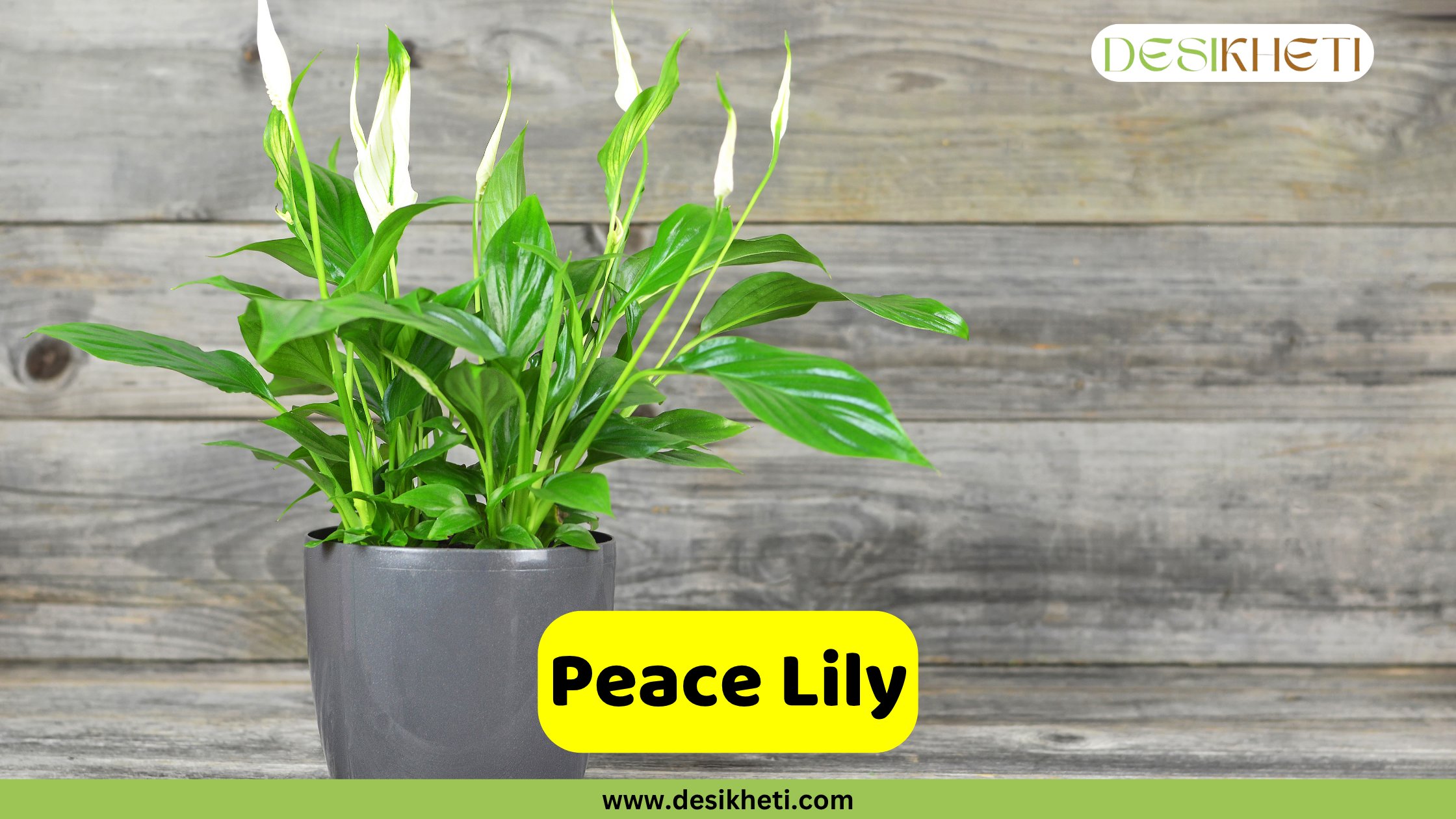
Botanical name: Spathiphyllum spp.
Family: Araceae
Peace Lily is a beloved indoor plant recognized for its elegant white spathes and lush green leaves. Its graceful white flowers make it ideal for living rooms, bedrooms, or office corners near east-facing windows. It typically blooms from spring through late summer but may flower intermittently year-round with proper care. Indoors, it generally grows to a height of 1–4 feet.
Peace Lilies thrive in bright, indirect sunlight and prefer consistent indoor temperatures between 18°C to 27°C. This low-maintenance plant prefers moist, well-drained, slightly acidic soil. The soil should be kept evenly moist, better slightly dry than overwatered. Monthly fertilization during summer enhances its growth.
Benefits
- Excellent air-purifying qualities
- Enhances humidity and aesthetics indoors
Toxicity
- Toxic to pets and humans if ingested. Keep out of reach of children and animals.
Anthurium (Flamingo Flower)
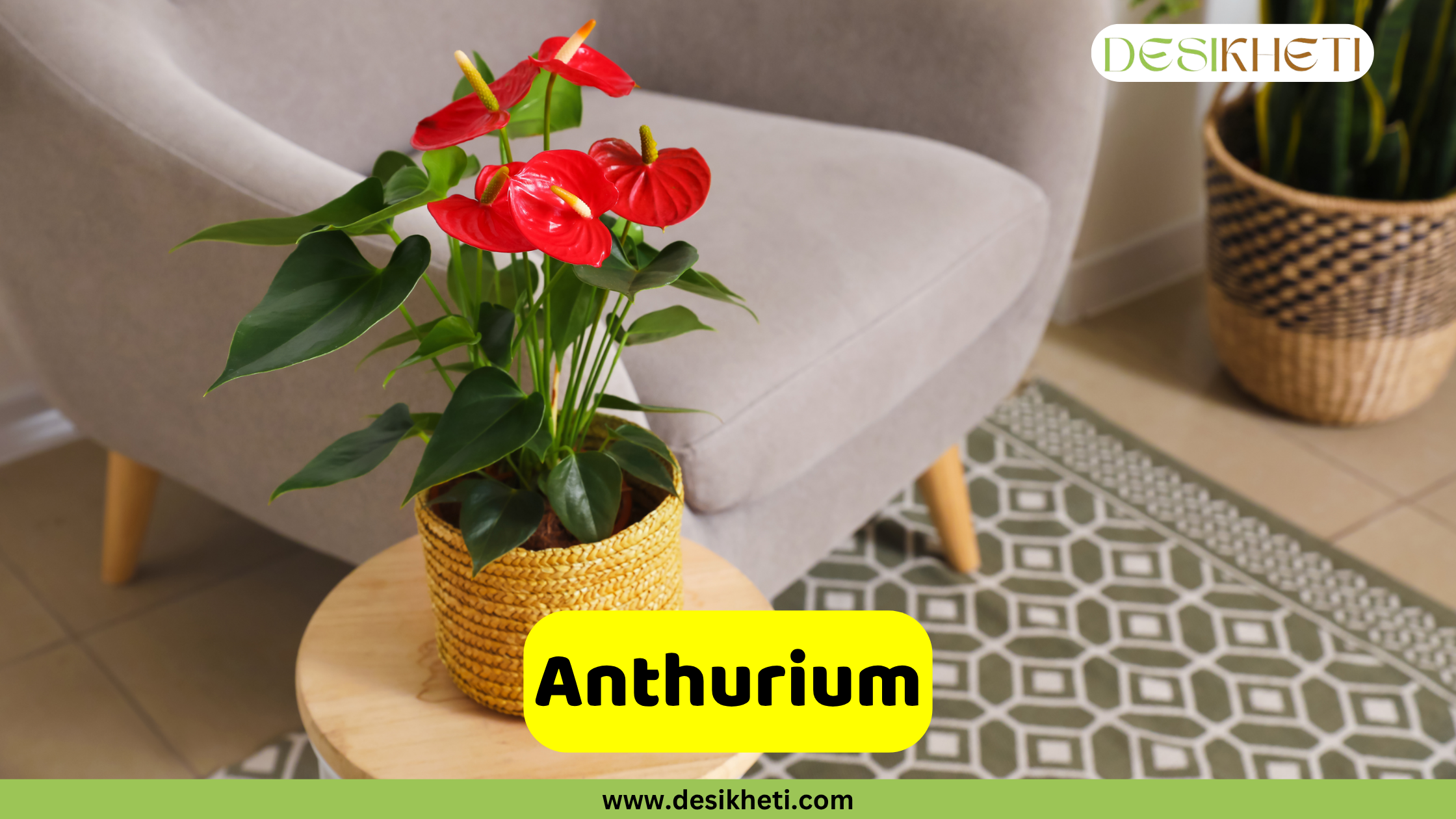
Botanical name: Anthurium andraeanum
Family: Araceae
Anthurium brings a bold, tropical flair to interiors with its heart-shaped, glossy blooms and deep green foliage. It can bloom year-round in optimal indoor conditions but demands consistent care. Its vivid blooms range from red, pink, and orange to white and purple.
It thrives in bright, indirect light with high humidity and prefers well-drained soil with occasional misting.Place it near east- or north-facing windows for filtered light. Its striking structure makes it ideal for desks, side tables, or shaded balconies.
Benefits
- Purifies indoor air
- Promotes relaxation and mental wellness
Toxicity
- Toxic to pets and humans if ingested. May cause mouth irritation or skin reactions.
Guzmania

Botanical name: Guzmania spp.
Family: Bromeliaceae
Bromeliads are tropical beauties known for their exotic, colorful bracts. Although they flower only once, the bloom can appear when the right conditions are present. Their striking bracts come in red, orange, yellow, pink, or purple.
These plants perform well in bright, indirect light and require occasional watering with well-draining soil. Best placed near east- or north-facing windows in rooms with filtered light. Their bold form and minimal care needs make them great for kitchens, living rooms, and workspaces.
Benefits
- Air-purifying properties
- Minimal care with high decorative value
Kalanchoe Blossfeldiana
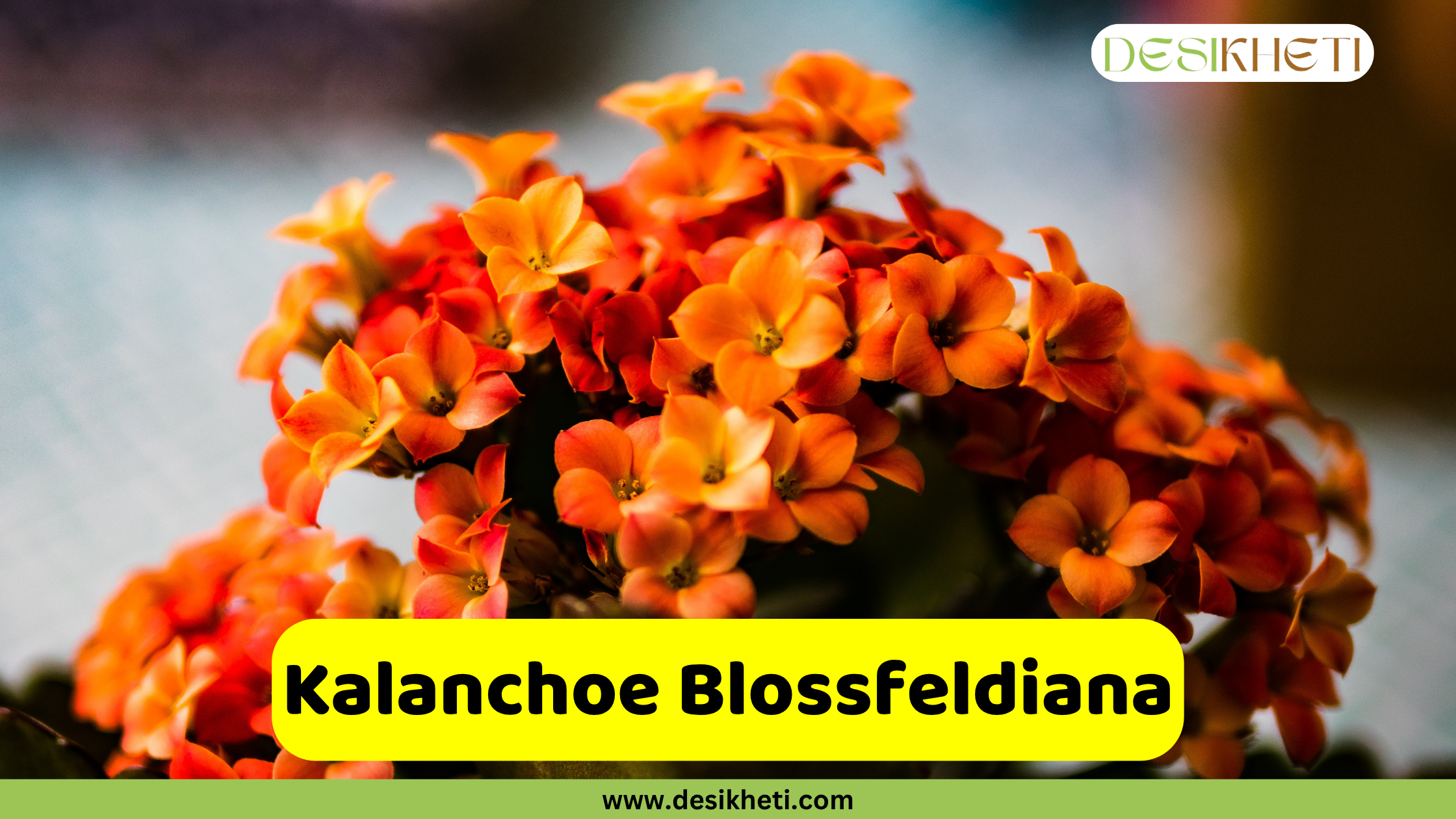
Botanical name: Clivia miniata
Family: Crassulaceae
Kalanchoe is a cheerful succulent with colorful flowers that bloom naturally from late winter to early spring but can rebloom year-round with proper care. It thrives in bright indirect light or filtered sunlight and well-drained soil, and requires the soil to dry out completely between waterings. Its compact size and flowers in shades of red, pink, orange, yellow, white, or purple make it perfect for windowsills, side tables, and kitchen counters with ample sunlight.
Benefits
- Improves indoor air quality
- Adds a lively decorative element to interiors
Toxicity
- Toxic to pets and humans if ingested. May cause vomiting or heart-related symptoms. Keep out of reach.
Clivia
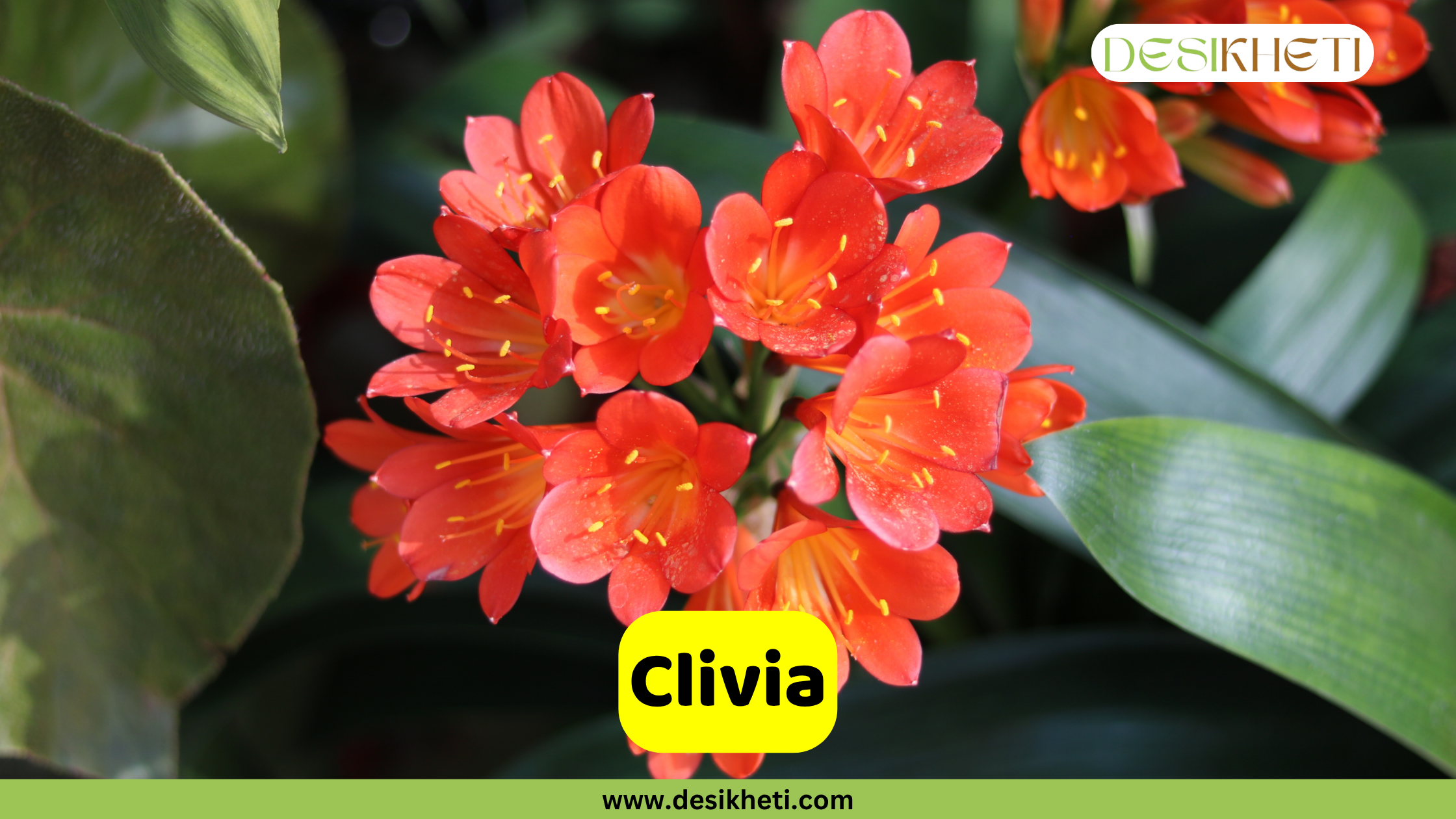
Botanical name: Clivia miniata
Family: Amaryllidaceae
Clivia adds elegance to any room with its strap-like foliage and trumpet-shaped flowers that bloom from late winter to early spring. The bright orange, yellow, or red blooms last for weeks. It thrives in indirect light and prefers moderate watering, allowing the topsoil to dry out between sessions. Clivia is ideal for living rooms or study corners near bright windows with filtered light.
Benefits
- Long-lasting blooms enhance indoor decor
- Requires minimal maintenance, great for beginners
Toxicity
- Toxic to pets and humans if ingested, especially the roots. Keep away from children and animals.
Hibiscus
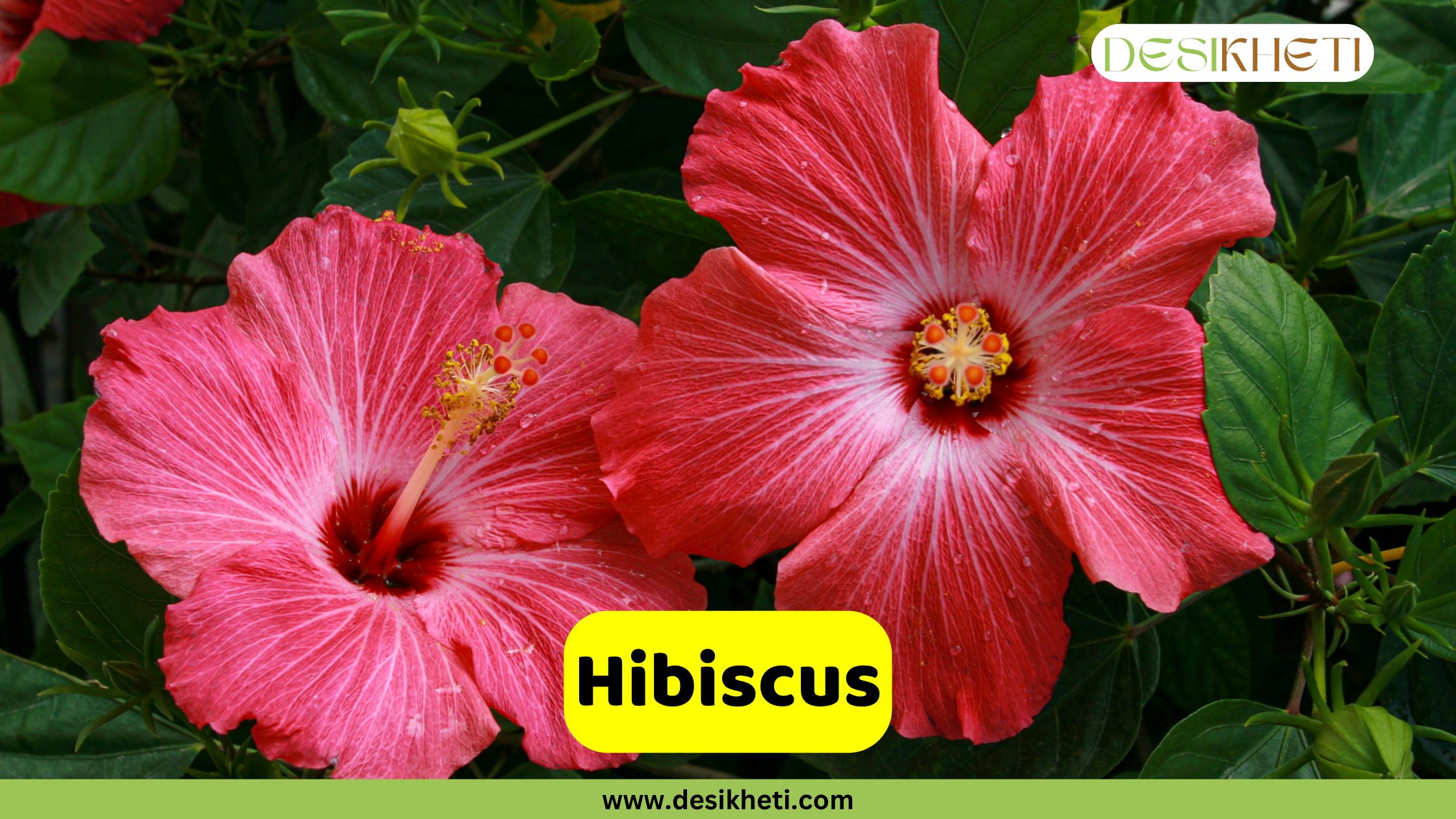
Botanical name: Hibiscus rosa-sinensis
Family: Malvaceae
Hibiscus is a popular ornamental plant admired for its large, trumpet-shaped flowers in bold hues like red, yellow, pink, and orange. Indoors, it prefers bright sunlight and blooms best in warm temperatures. Use well-draining, slightly acidic soil, and water when the topsoil dries out. Ideal for sunlit balconies, patios, or large south-facing windows, hibiscus adds tropical charm to indoor spaces.
Benefits
- Visually uplifting with vibrant blooms
- Used in herbal infusions and Ayurvedic remedies
African Violet
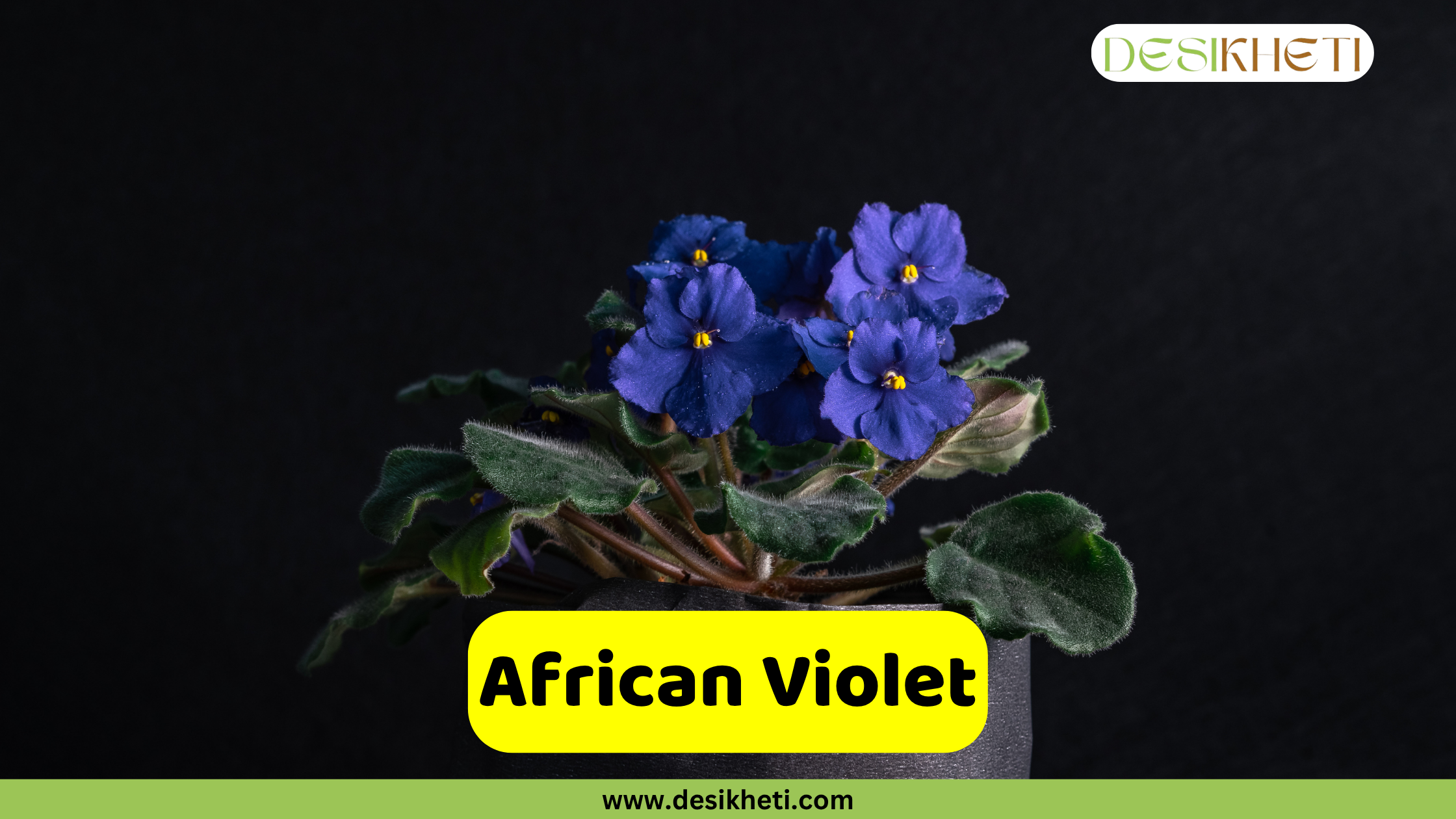
Botanical Name: Saintpaulia spp.
Family: Gesneriaceae
African Violets are compact houseplants featuring velvety leaves and delicate purple, pink, or white blooms.They flower throughout the year in bright, indirect light and prefer well-drained, slightly acidic soil. Overwatering can lead to root rot water only when the soil feels dry. Place them near north or east-facing windows for gentle light. They’re perfect for desks, coffee tables, or kitchen corners.
Benefits
- Ideal for small indoor spaces
Begonia
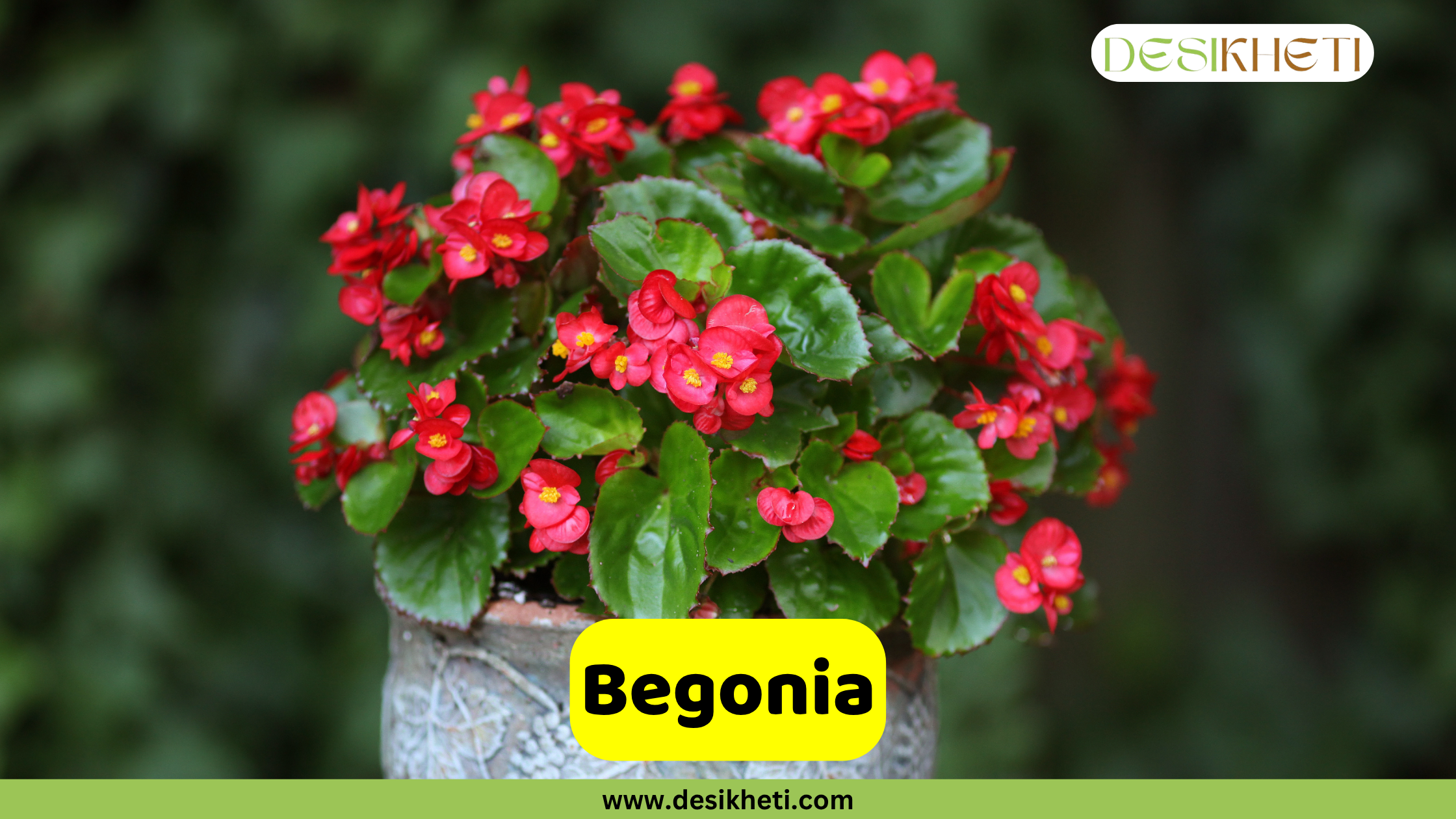
Botanical name: Begonia spp.
Family: Begoniaceae
Begonias are beloved for their diverse leaf textures and colorful flowers, blooming in shades of red, pink, orange, and white. They prefer bright, indirect light and bloom mainly in spring and summer. Use rich, well-drained soil, and water when the soil surface feels dry. Place them near east- or west-facing windows. Their compact growth and vibrant blooms suit living rooms, windowsills, or shaded balconies.
Benefits
- Attractive foliage and flowers
- Compact and decorative for limited spaces
Toxicity
- Toxic to pets and humans if ingested, especially the roots. Handle with care.
Geranium
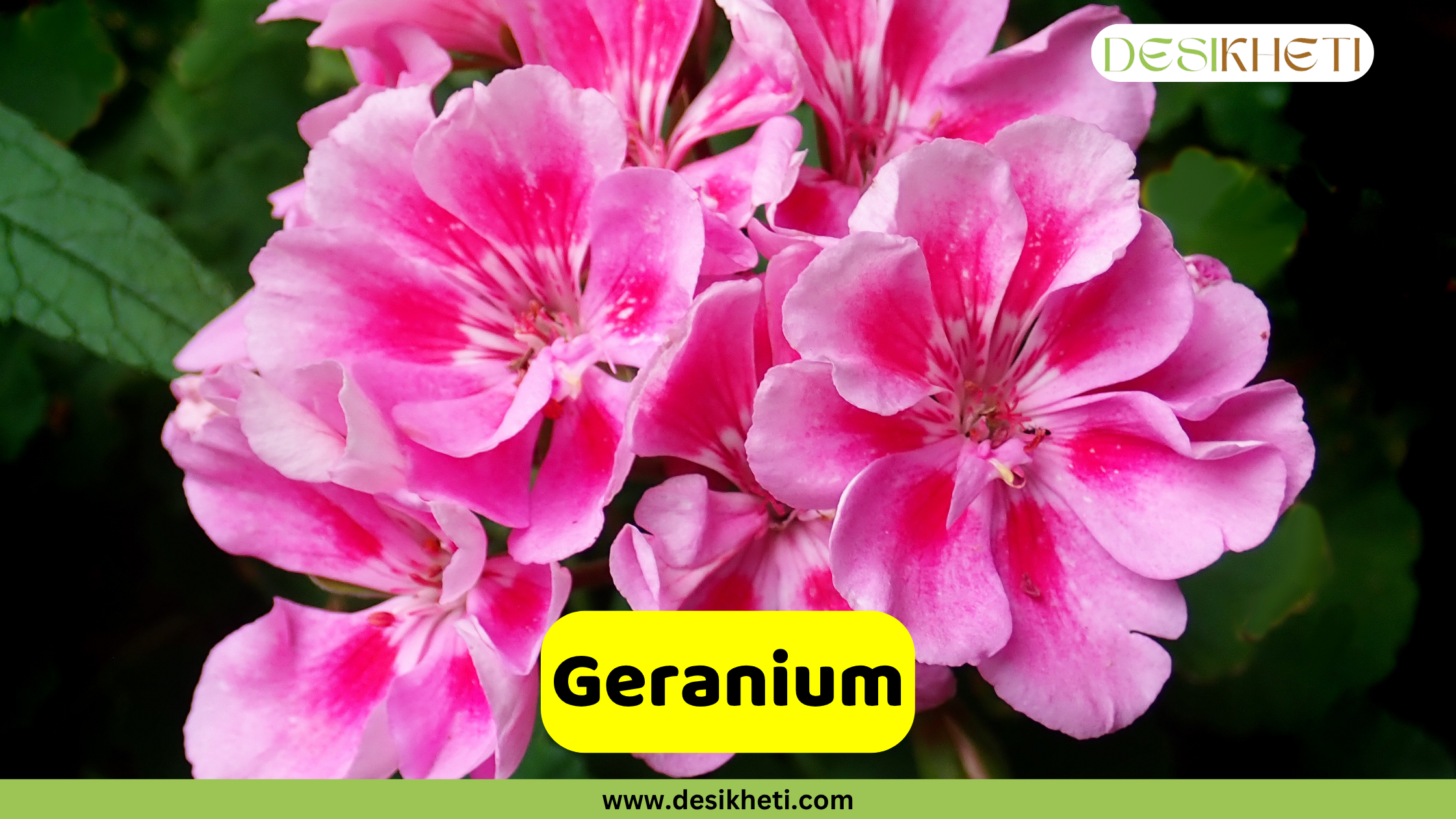
Botanical name: Pelargonium spp.
Family: Geraniaceae
Geraniums are cheerful indoor plants with bright, fragrant flowers that bloom in pink, red, white, or lavender. They thrive in full sunlight and bloom from spring to autumn. They prefer slightly acidic, well-drained soil and need watering when the top inch of soil is dry. Place geraniums near bright windows or on sunny balconies. They’re also great for windowsill planters or indoor garden corners.
Benefits
- Fragrant leaves
- Enhance mood and uplift home interiors
Toxicity
- Toxic to pets if ingested; may cause vomiting or skin irritation.
Oxalis (Purple Shamrock)

Botanical name: Oxalis triangularis
Family: Oxalidaceae
Oxalis is known for its striking purple, clover-shaped leaves and delicate pink or white flowers. It thrives in bright, indirect light and blooms in spring and summer. It prefers slightly moist soil and benefits from a dormant period in winter, when it naturally dies back and regrows. Perfect for bright indoor corners or windowsills.
Benefits
- Unusual leaf color adds contrast indoors
- Easy to grow and maintain
Toxicity
- Mildly toxic to pets and humans if consumed in large quantities. Best kept out of reach.
Christmas Cactus
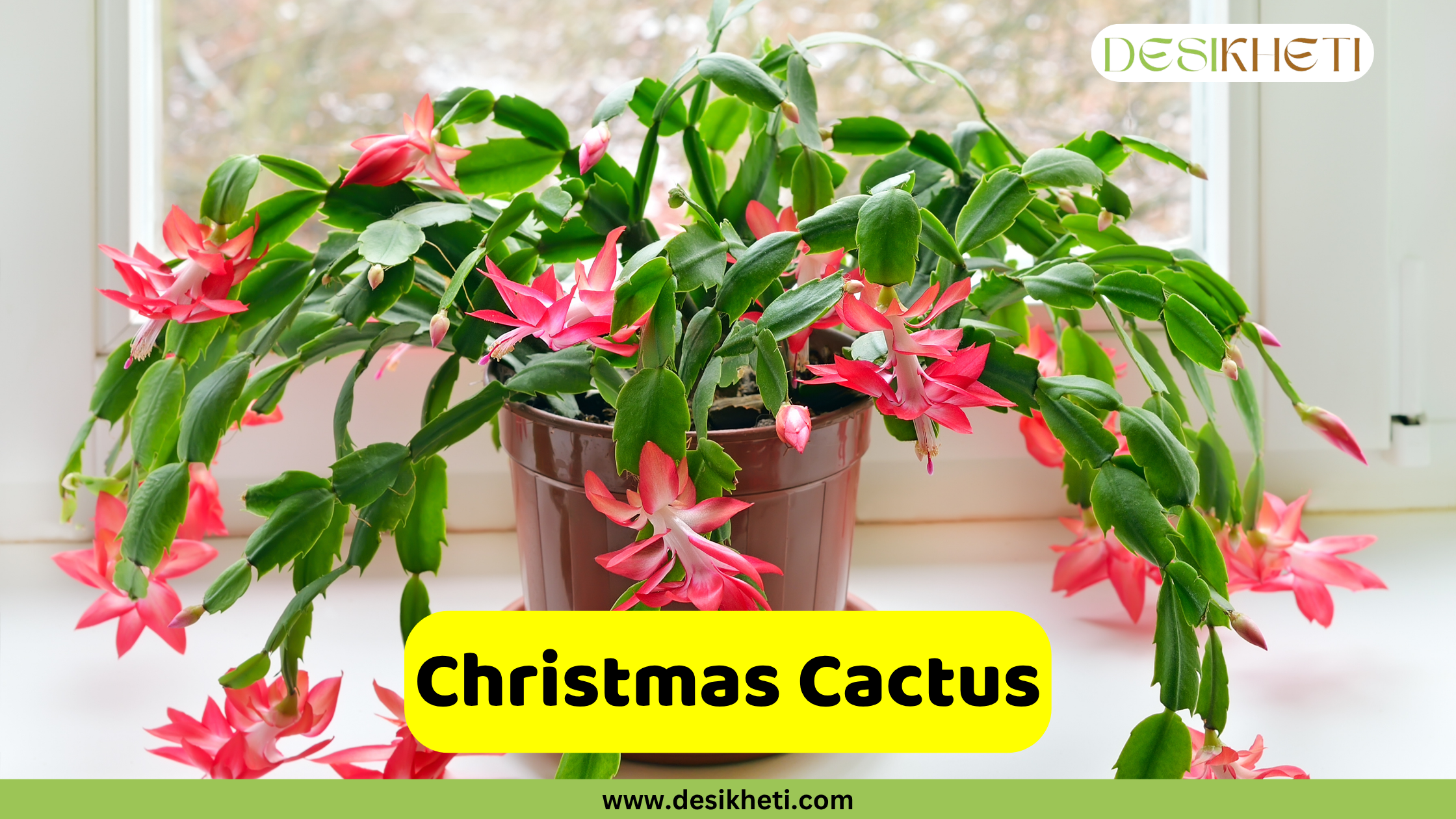
Botanical Name: Schlumbergera spp.
Family: Cactaceae
Christmas Cactus is a winter-blooming houseplant, famous for its vibrant, tubular flowers that usually bloom from late November through January. The flowers come in shades like pink, red, white, purple, and orange, making it a perfect festive indoor decoration.
It thrives in bright, indirect light and prefers evenly moist soil during its growing season, allowing the topsoil to dry slightly between waterings to prevent root rot. Ideal placement is near east- or west-facing windows with filtered sunlight. Besides adding a splash of holiday cheer, Christmas Cactus also helps purify indoor air, contributing to a healthier living environment.
Benefits:
- Air purification
- Aesthetic appeal
Azalea
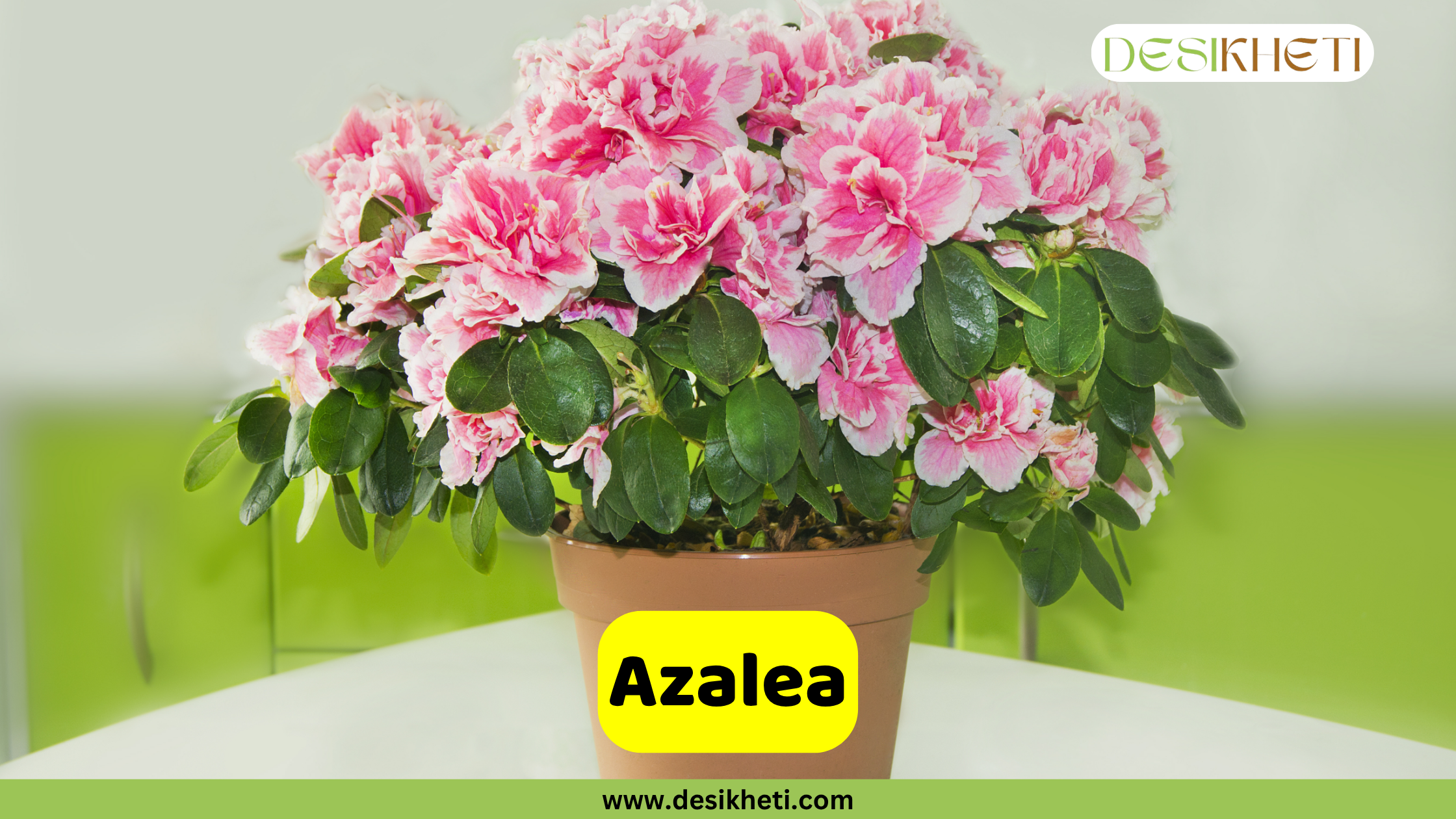
Botanical Name: Rhododendron spp.
Family: Ericaceae
Azaleas are treasured for their bright, colorful blooms that can appear from mid-February to as late as October, depending on the variety. They prefer partial sunlight or filtered shade and grow best in moist, well-drained, acidic soil with a pH between 4.5 and 6.0.
Regular watering is important to keep the soil evenly moist, but avoid overwatering. Place them near east- or north-facing windows. The flowers come in various shades such as white, pink, red, purple, orange, and yellow.
Benefits
- Helps remove harmful toxins from indoor air
- Adds bright, colorful blooms that enhance interior décor
Toxicity
- Azaleas are toxic to humans and pets. Ingesting any part can cause vomiting, drooling, weakness, and, in severe cases, heart failure. Keep them out of reach of children and pets.
Jasmine
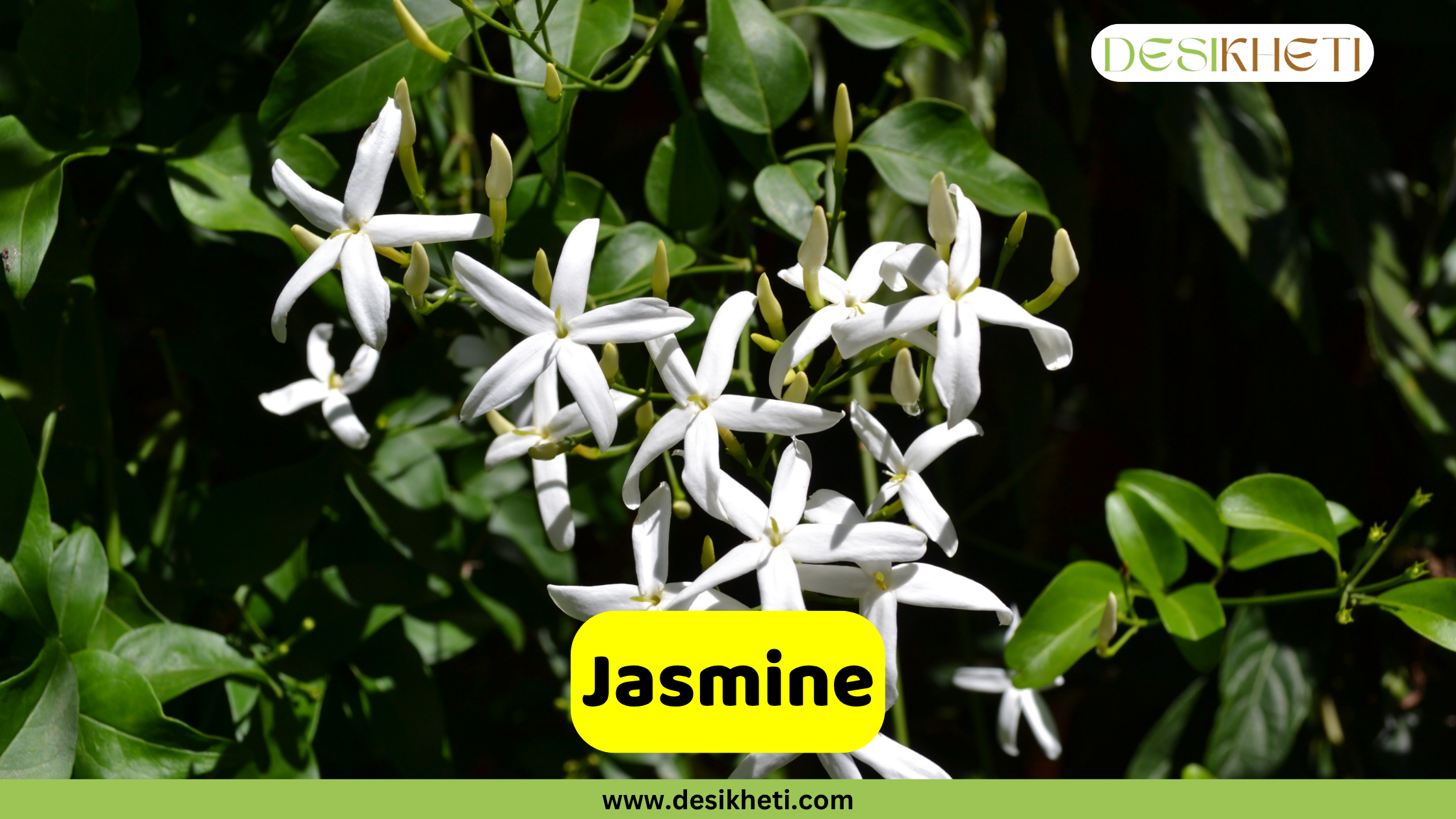
Botanical Name: Jasminum spp.
Family: Oleaceae
Jasmine is a moderately easy houseplant known for its fragrant, delicate flowers. Common Jasmine blooms from summer to fall, while Arabian Jasmine can bloom year-round in warm climates. It prefers bright, indirect light and tolerates morning sun but not harsh afternoon rays. Water when the top inch of soil feels dry, keeping the soil moist but not soggy.
Indoors, place jasmine near south-facing windows with good airflow. Climbing types benefit from support structures. Jasmine flowers are mostly white but may be cream, pale pink, or yellow. Its sweet scent promotes calm and relaxation and also helps purify indoor air.
Benefits
- Promotes relaxation and reduces stress.
- Absorbs indoor toxins for cleaner air.
Impatiens
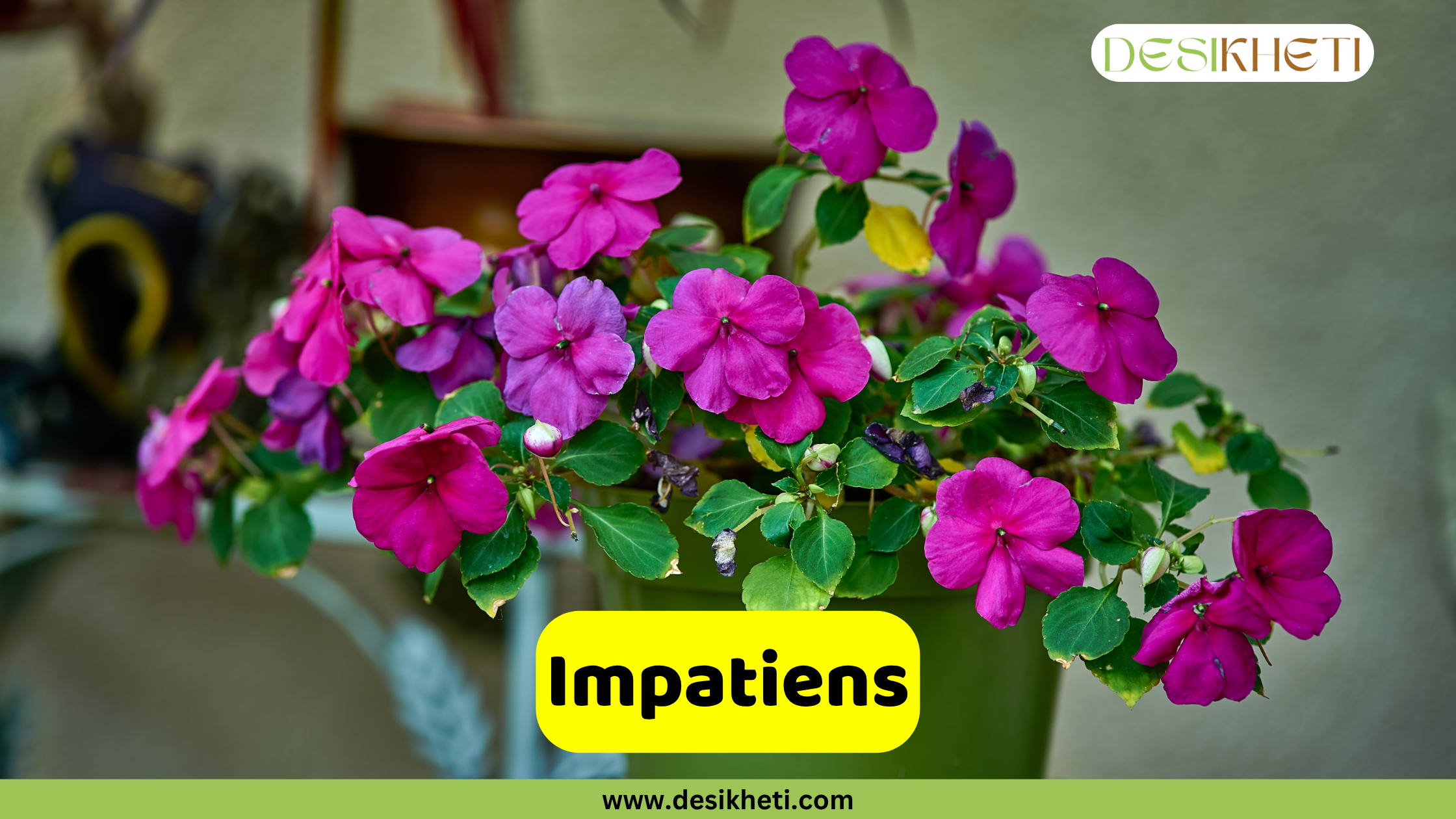
Botanical Name: Impatiens walleriana
Family: Balsaminaceae
Impatiens are easy to moderate-care plants that bloom from spring to fall, sometimes year-round in frost-free areas. They prefer partial to full shade and moist, well-draining soil. Regular watering is needed to keep the soil moist, especially in containers or hot weather.
With blooms in white, pink, red, orange, purple, and bi-colors, they brighten low-light indoor spots. Place them near east- or north-facing windows for best growth. Their vibrant flowers and ease of care make them great for beginners.
Benefits
- Long-lasting and colorful floral display
- Thrives in shaded areas with minimal care
Petunia
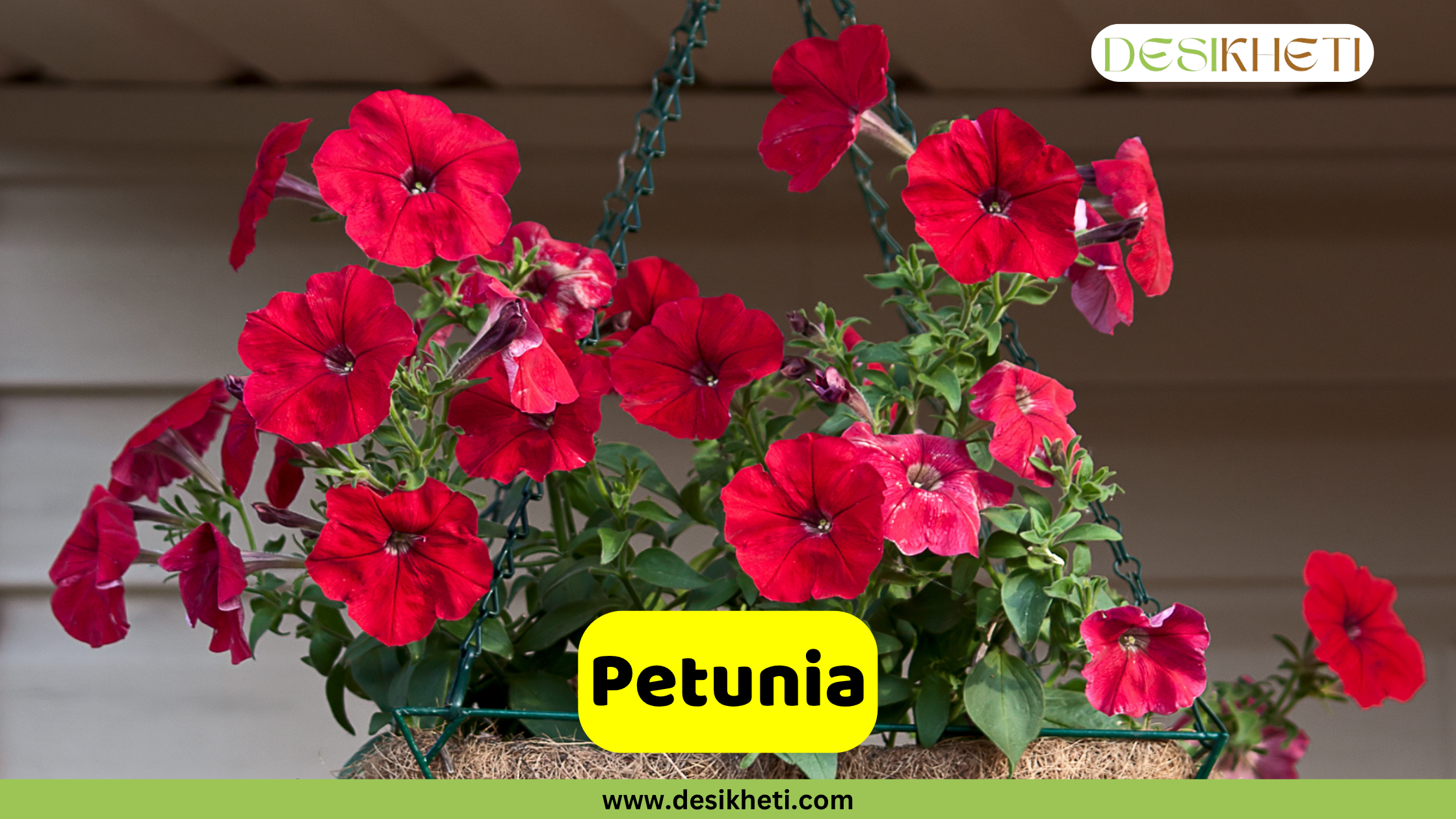
Botanical Name: Petunia spp.
Family: Solanaceae
Petunias bloom profusely from spring through fall, and year-round in frost-free zones. They need full sun (5–6 hours daily) and moist, well-drained soil. Avoid overwatering to prevent root rot.
Petunias come in many colors, including white, pink, red, purple, blue, and bi-colors. They grow best near south-facing windows indoors. Their bright, long-lasting flowers add charm to homes and gardens.
Benefits
- Adds vibrant color and charm indoors.
- Attracts butterflies and hummingbirds outdoors.
Toxicity
- Non-toxic to humans and pets.
Periwinkle
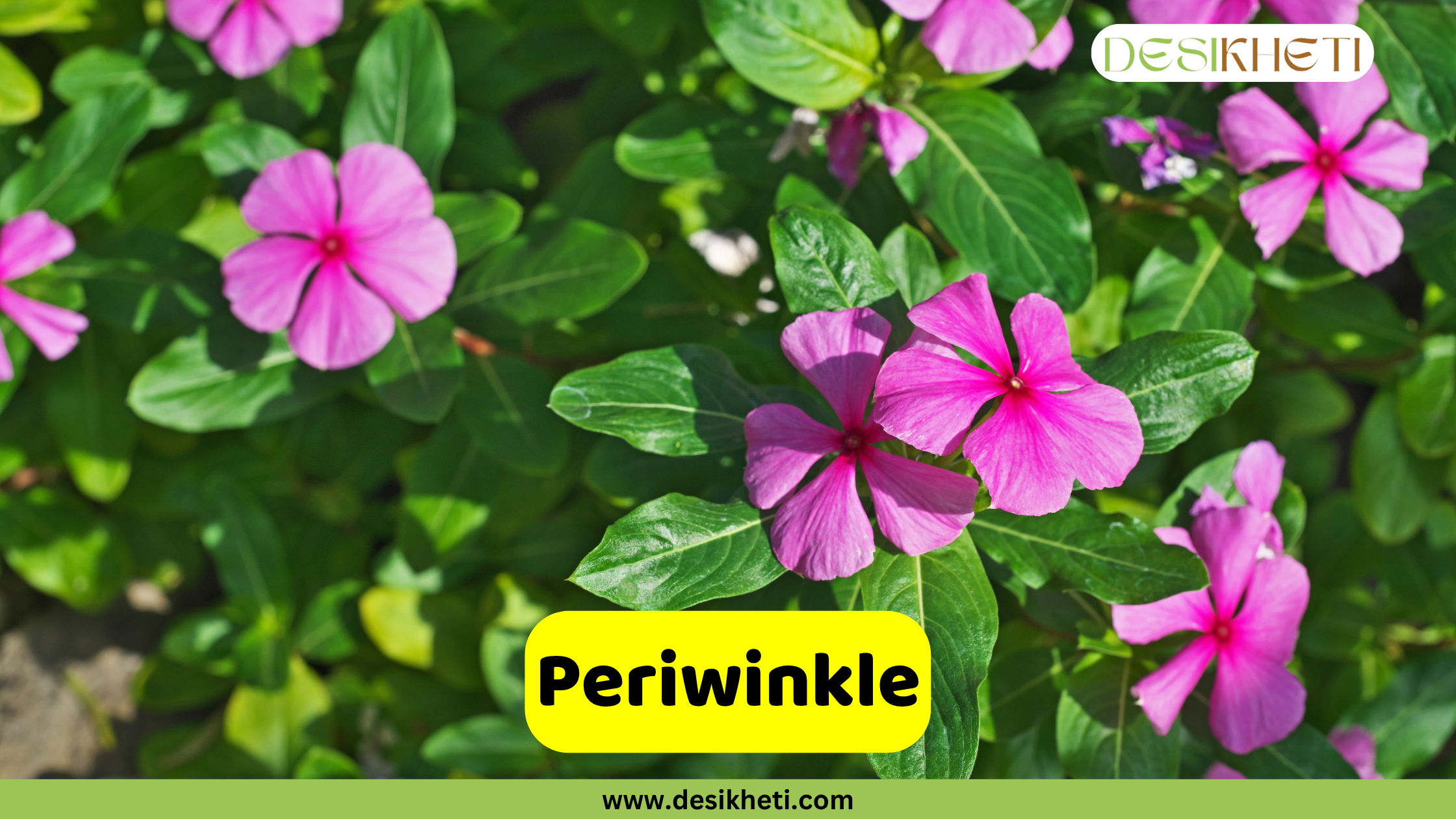
Botanical Name: Catharanthus roseus
Family: Apocynaceae
Periwinkle blooms from early spring to mid-summer, with some flowering into autumn. It thrives in partial to full shade and prefers moist, well-drained soil. Once established, it tolerates drought. Water consistently during the first year to develop strong roots. Its soft pink, white, or purple flowers brighten shaded indoor areas or garden beds.
Benefits
- Controls weeds and prevents soil erosion.
- Requires little care after establishment.
Toxicity
- Contains alkaloids that may be toxic if ingested; keep away from children and pets.
Crown of Thorns
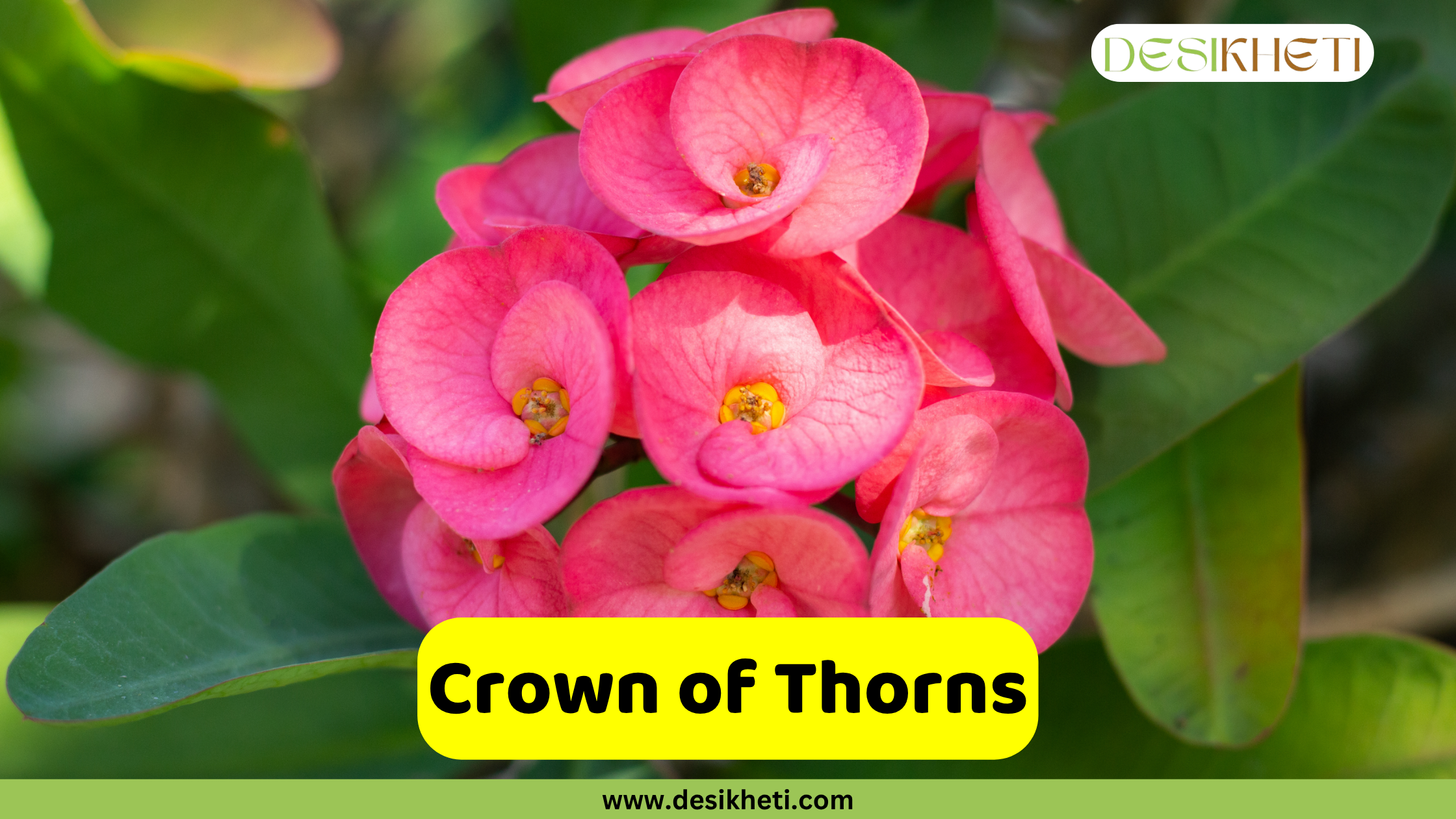
Botanical Name: Euphorbia milii
Family: Euphorbiaceae
Crown of Thorns blooms year-round in tropical and subtropical areas, with peak flowering in spring and summer. The flowers come in red, pink, yellow, white, and cream. It prefers full sun to partial shade and well-draining soil. Allow the soil to dry between waterings to avoid root rot. Ideal indoor placement is near south- or west-facing windows with bright light. Its drought tolerance and continuous blooming make it a favorite low-maintenance plant.
Benefits
- Needs minimal watering.
- Produces flowers year-round with proper care.
Toxicity
- The milky sap is toxic and can irritate the skin or eyes. Keep out of reach of children and pets.
Tuberose
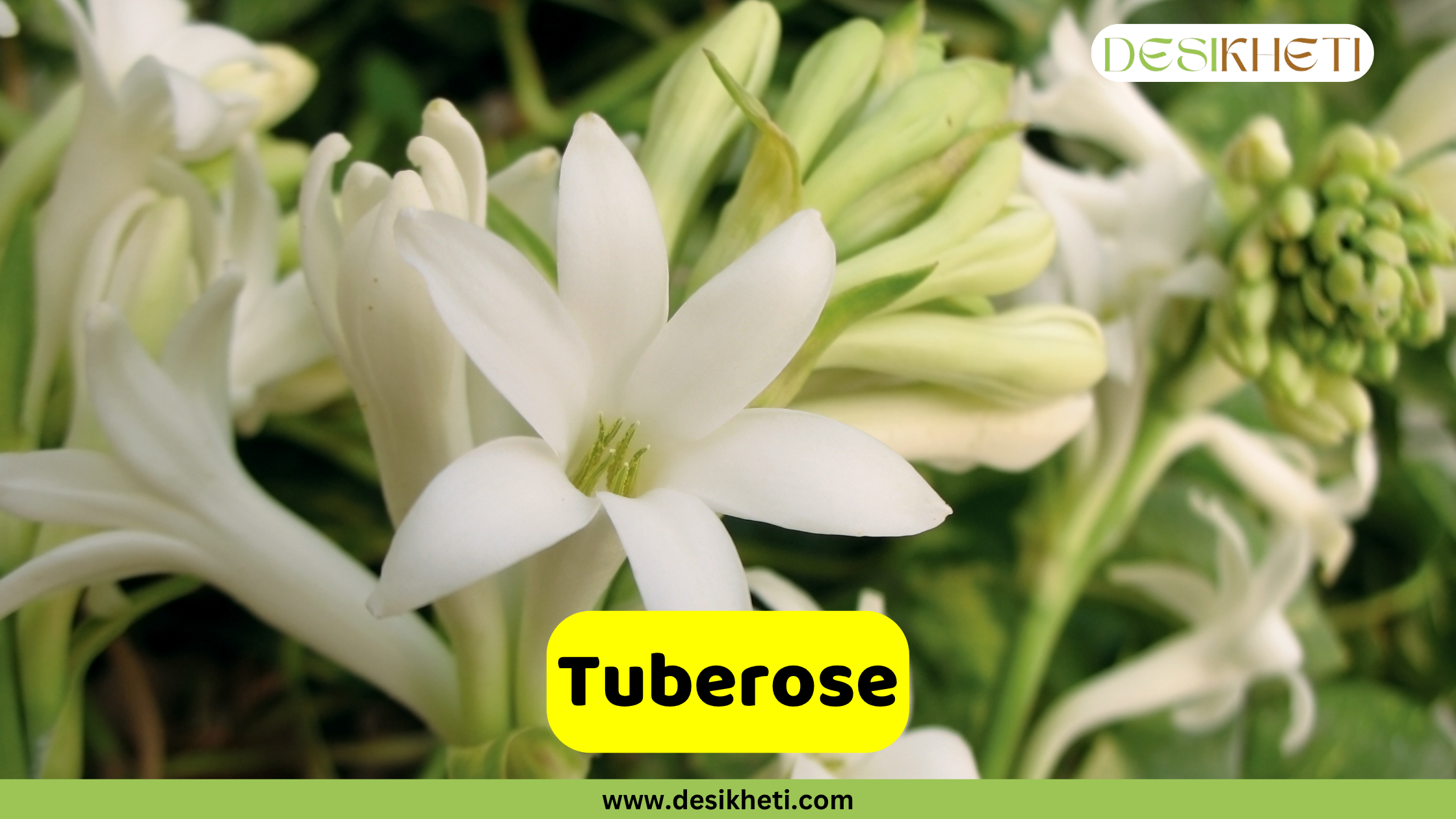
Botanical Name: Polianthes tuberosa
Family: Asparagaceae
Tuberose blooms from late summer to early fall, with fragrant flowers that last for weeks. It needs full sun (6–8 hours daily) and moist, well-drained soil. Water consistently during growth, reducing it during dormancy to avoid bulb rot. The flowers grow on tall spikes and come in white, orange, pink, purple, and yellow. Place near south- or west-facing windows indoors. Its fragrance uplifts and soothes indoor spaces.
Benefits
- Used in perfumes and for calming the atmosphere.
- Elegant tall flower spikes add charm.
Toxicity
- Generally non-toxic, but bulbs or plants may cause mild stomach upset if ingested.
Gardenia
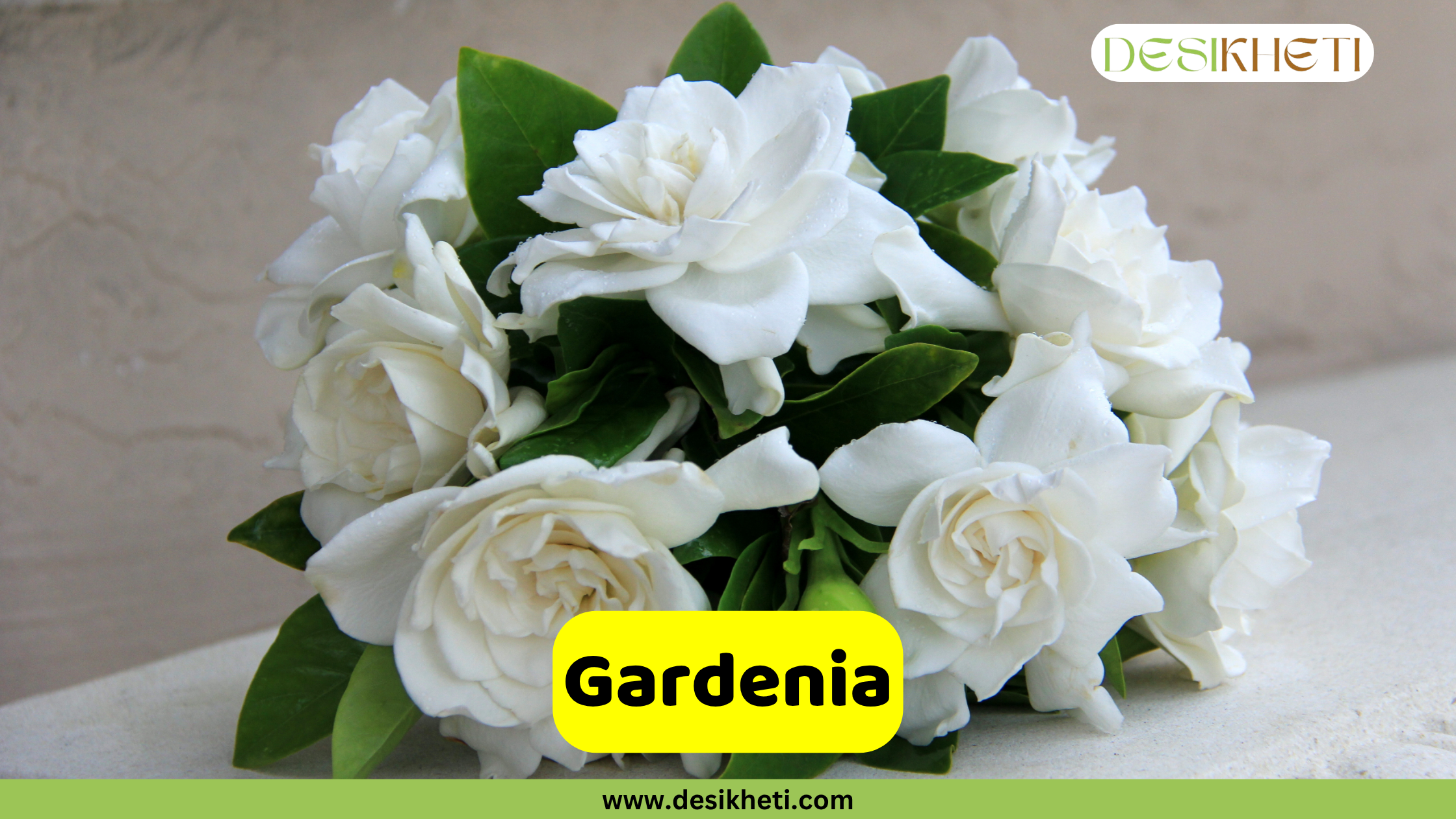
Botanical Name: Gardenia jasminoides
Family: Rubiaceae
Gardenias bloom from late spring to early summer, sometimes longer in warm, humid climates. They need bright, indirect light and moist, acidic soil (pH 5.0–6.5). Water deeply once a week and avoid wetting the leaves. Maintain humidity with pebble trays or humidifiers.
Benefits
- Rich, sweet fragrance enhances indoor air.
Toxicity
- Toxic to pets; can cause vomiting, diarrhea, and skin reactions. Mildly irritating to humans if ingested.
Parijat / Night Jasmine

Botanical Name: Nyctanthes arbor-tristis
Family: Oleaceae
Parijat blooms from late summer to early winter, especially during the monsoon to autumn. It prefers full sun to partial shade (4–6 hours of sunlight). Water when the topsoil dries; reduce watering in the colder months. White, star-shaped flowers with orange centers open at night, emitting a soothing fragrance. Ideal placement is near south-facing windows or sunny balconies.
Benefits
- Pleasant night fragrance enhances mood.
- Used in rituals and Ayurveda
Toxicity
- Toxic if ingested; avoid homes with young children or pets.
Lavender

Botanical Name: Lavandula angustifolia
Family: Lamiaceae
Lavender blooms in late spring to early summer, with some reblooming in late summer. It needs full sun (6–8 hours) and well-draining, slightly alkaline soil. It is drought-tolerant; water sparingly.
Benefits
- Soothes, reduces stress, and aids sleep.
- Attracts bees and butterflies.
Toxicity
- Toxic to pets if ingested in large amounts.
Champa / White Frangipani

Botanical Name: Plumeria alba
Family: Apocynaceae
Champa blooms from March to November, thriving in full sun (6+ hours daily). It prefers well-draining soil and deep but infrequent watering. Allow the soil to dry between waterings.
Fragrant white flowers with yellow centers brighten sunny windows or balconies.
Benefits
- Used in garlands and perfumes; calming fragrance.
- Important in spiritual and decorative contexts.
Toxicity
- All parts are toxic if ingested; the sap may irritate the skin. Handle with care.
Bougainvillea

Botanical Name: Bougainvillea glabra
Family: Nyctaginaceae
Bougainvillea blooms throughout the year in warm climates, with peak flowering during the summer and monsoon seasons. It thrives in well-draining sandy or loamy soil. Water sparingly once established, allowing the soil to dry out between waterings. Bright, papery bracts in shades of pink, purple, orange, or white create a vivid display on terraces, balconies, or garden walls.
Benefits
- Offers vibrant, papery bracts that brighten sunlit indoor spaces or indoor patios.
- Suitable for growing in containers placed near large south-facing windows.
- Works as a natural accent plant for indoor entrances or atriums with proper light.
Toxicity
- Mildly toxic; the sap can irritate the skin. Thorny stems may cause scratches. Handle with gloves when pruning.
Mandevilla
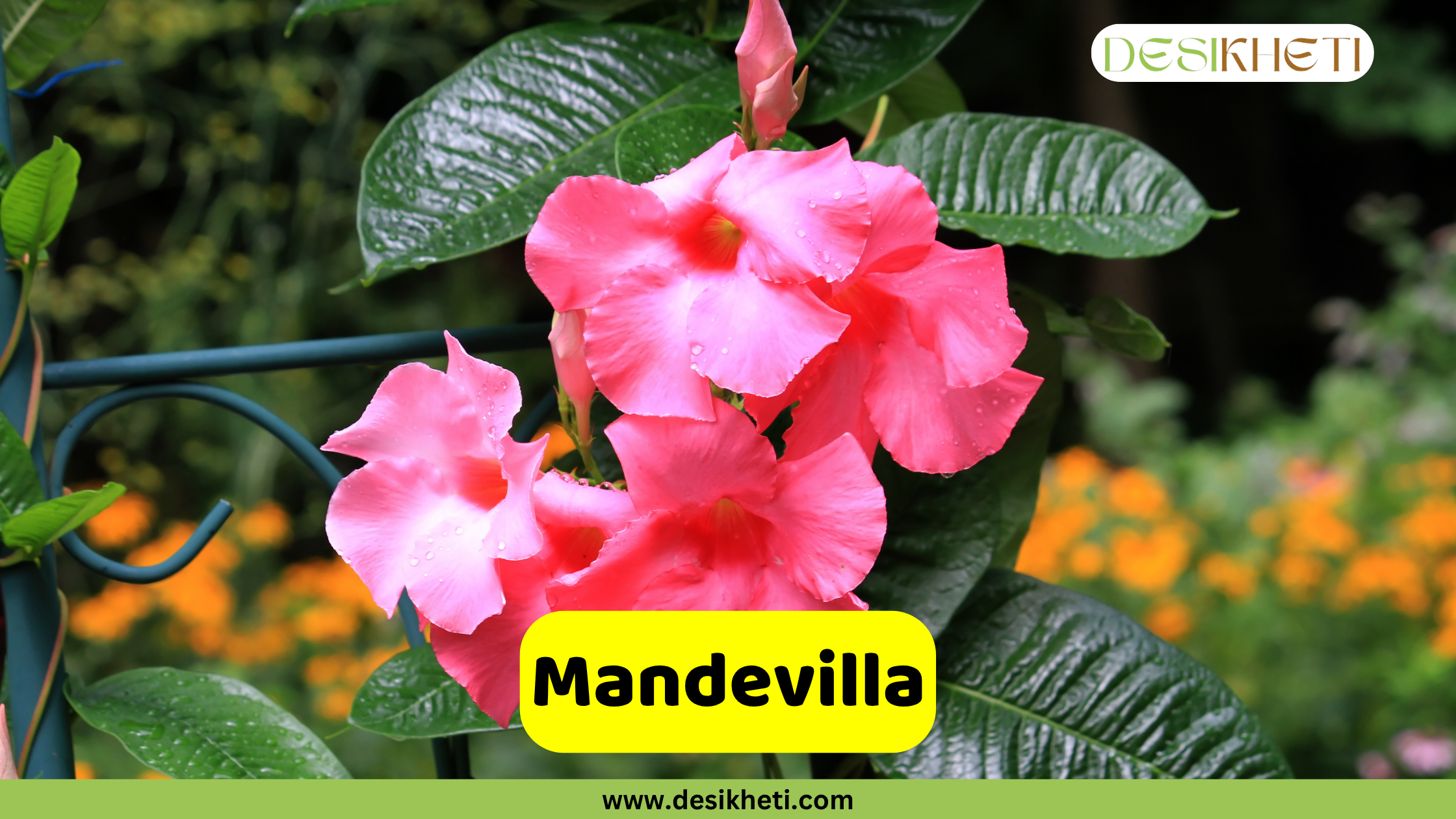
Botanical Name: Mandevilla sanderi
Family: Apocynaceae
Mandevilla flowers from late spring through autumn, thriving in warm climates with bright, indirect light or partial sun. It prefers well-draining, slightly acidic soil and regular watering during the growing season. Allow the topsoil to dry out between waterings to prevent root rot. It produces large, trumpet-shaped flowers in pink, red, or white.
Benefits
- Adds a tropical and elegant vibe to bright indoor spaces such as sunrooms or glass balconies.
- Provides long-lasting blooms indoors during warm seasons with proper support and sunlight.
- Can be trained on indoor trellises, enhancing vertical aesthetics without occupying floor space
Toxicity
- Mildly toxic if ingested; sap may irritate the skin and eyes. Keep away from pets and children.
Amaryllis

Botanical Name: Hippeastrum spp.
Family: Amaryllidaceae
Amaryllis typically blooms in winter to early spring. It thrives in bright, indirect sunlight and prefers a well-draining potting mix. Water sparingly until new growth appears, then keep the soil lightly moist during active growth and flowering. After blooming, reduce watering and allow the bulb to rest. It produces large, trumpet-shaped flowers in vibrant shades of red, pink, white, or orange, ideal for indoor display.
Benefits
- Adds festive colour to indoor spaces during winter
- Easy to grow from bulbs; great for seasonal gifting
Toxicity
- Toxic to pets and humans if ingested; may cause vomiting or abdominal pain. Handle bulbs with care.
Low-Light Tolerant Indoor Flowering Plants
- Peace Lily
- Anthurium
- Guzmania
- African Violet
- Begonia
- Oxalis
- Christmas Cactus
- Azalea
- Impatiens
- Periwinkle
Fragrant Indoor Flowering Plants
- Jasmine
- Gardenia
- Tuberose
- Parijat
- Champa
- Lavender
- Geranium
- Mandevilla
Year-Round Blooming Indoor Plants
- Anthurium
- African Violet
- Kalanchoe
- Crown of Thorns
- Jasmine (Arabian Jasmine)
- Impatiens
- Petunia
- Bougainvillea
- Mandevilla
Final Tips for Growing Indoor Flowering Plants
- Light is Key: Match the plant’s sunlight needs (low, medium, or bright) to your indoor spot.
- Water Wisely: Overwatering is more harmful than underwatering. Let soil dry partially between waterings.
- Humidity & Fertilizer: Mist tropical plants regularly and feed blooming ones monthly in the growing season.
- Pots Matter: Use well-draining pots with saucers to prevent waterlogging and root rot.
Indoor flowering plants aren’t just decorative; they bring life, positivity, and natural freshness into your home. Whether you want to create a cozy reading nook, a bright balcony garden, or just enjoy the aroma of blossoms every day, there’s a plant here for you. With proper care and placement, many of these varieties will bloom beautifully even indoors.
So go ahead, pick a few from each category, let nature bloom inside your home, and enjoy the colors and fragrances all year long!
FAQs on Indoor Flowering Plants
1. Does peace lily flower smell?
A. Yes, peace lily flowers have a light, sweet fragrance, though it’s often very subtle indoors.
2. How long do anthurium flowers last?
A. Anthurium flowers can last 6 to 8 weeks or more with proper care.
3. What is another name for a bromeliad?
A. Bromeliads are also commonly known as pineapple family plants (family Bromeliaceae).
4. Can bromeliads grow in water?
A. Yes, some bromeliads can grow in water by filling their central cup, but their roots should not stay submerged.
5. What is the lifespan of a bromeliad?
A. Most bromeliads live for 2 to 5 years, flowering once in their life before producing pups.
6. What are the benefits of Kalanchoe?
A. Kalanchoe purifies air, is drought-tolerant, and adds vibrant color to indoor spaces.
7. What is hibiscus’s full name?
A. The botanical name is Hibiscus rosa-sinensis.
8. What is geranium also known as?
A. Geranium is also commonly called Pelargonium in horticulture.
9. What are some interesting facts about Ixora?
A. Ixora is an evergreen shrub with clusters of bright flowers and is commonly used in hedging and landscaping.
10. How long will amaryllis flowers last?
A. Amaryllis blooms typically last 2 to 3 weeks.
11. What is the common name of oxalis?
A. Oxalis is also called wood sorrel or false shamrock.
12. What are the two types of flowers in oxalis?
A. Oxalis has five-petaled regular flowers and leaflet-like modified floral parts.
13. What is another name for a Christmas cactus plant?
A. It is also called Schlumbergera or Holiday cactus.
14. What is another name for impatiens?
A. Impatiens are also known as Touch-me-not or Busy Lizzie.
15. What is special about petunias?
A. Petunias come in a wide range of colors, bloom prolifically, and are used widely in beds and hanging baskets.
16. In which season does petunia grow?
A. Petunias grow best in cool-season months in India, especially winter to spring.
17. What is another name for a periwinkle flower?
A. Periwinkle is also called Vinca or Sadabahar in Hindi.
18. What are some interesting facts about tuberose?
A. Tuberose is prized for its sweet fragrance and is widely used in perfumes and wedding garlands.
19. What is another name for tuberose?
A. Tuberose is also known as Rajnigandha in Hindi.
20. What is the common name for gardenias?
A. Gardenias are commonly called Cape Jasmine.
21. What is special about Parijat flower?
A. Parijat blooms at night, falls by morning, and is sacred in Indian mythology for its beauty and fragrance.
22. What is special about lavender flowers?
A. Lavender is known for its calming fragrance, essential oils, and use in culinary and medicinal applications.
